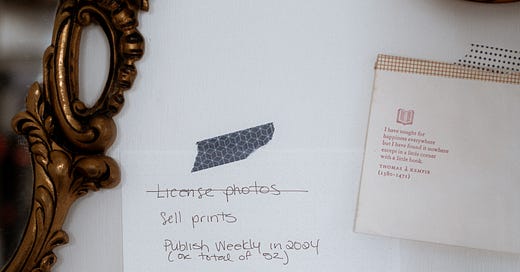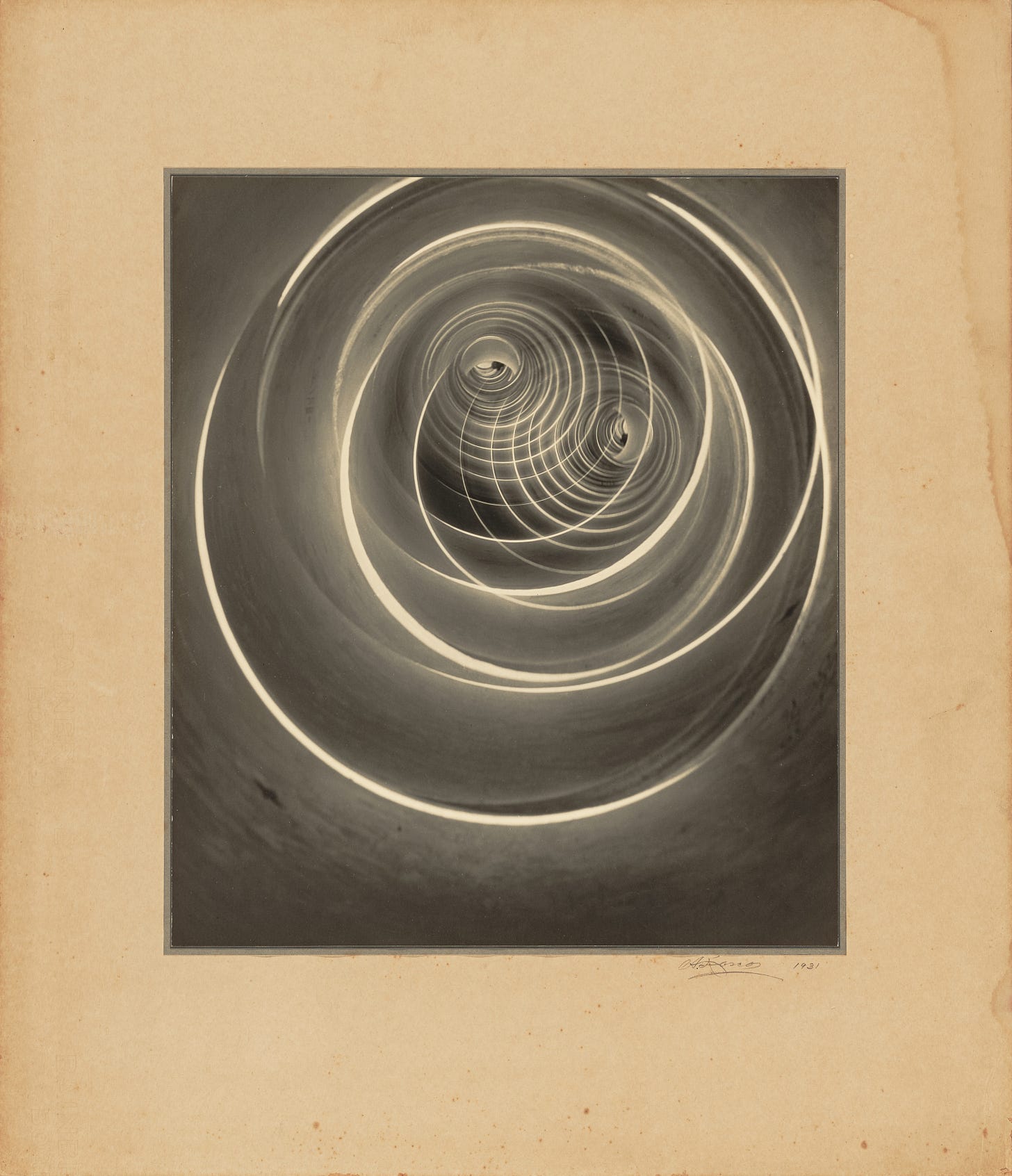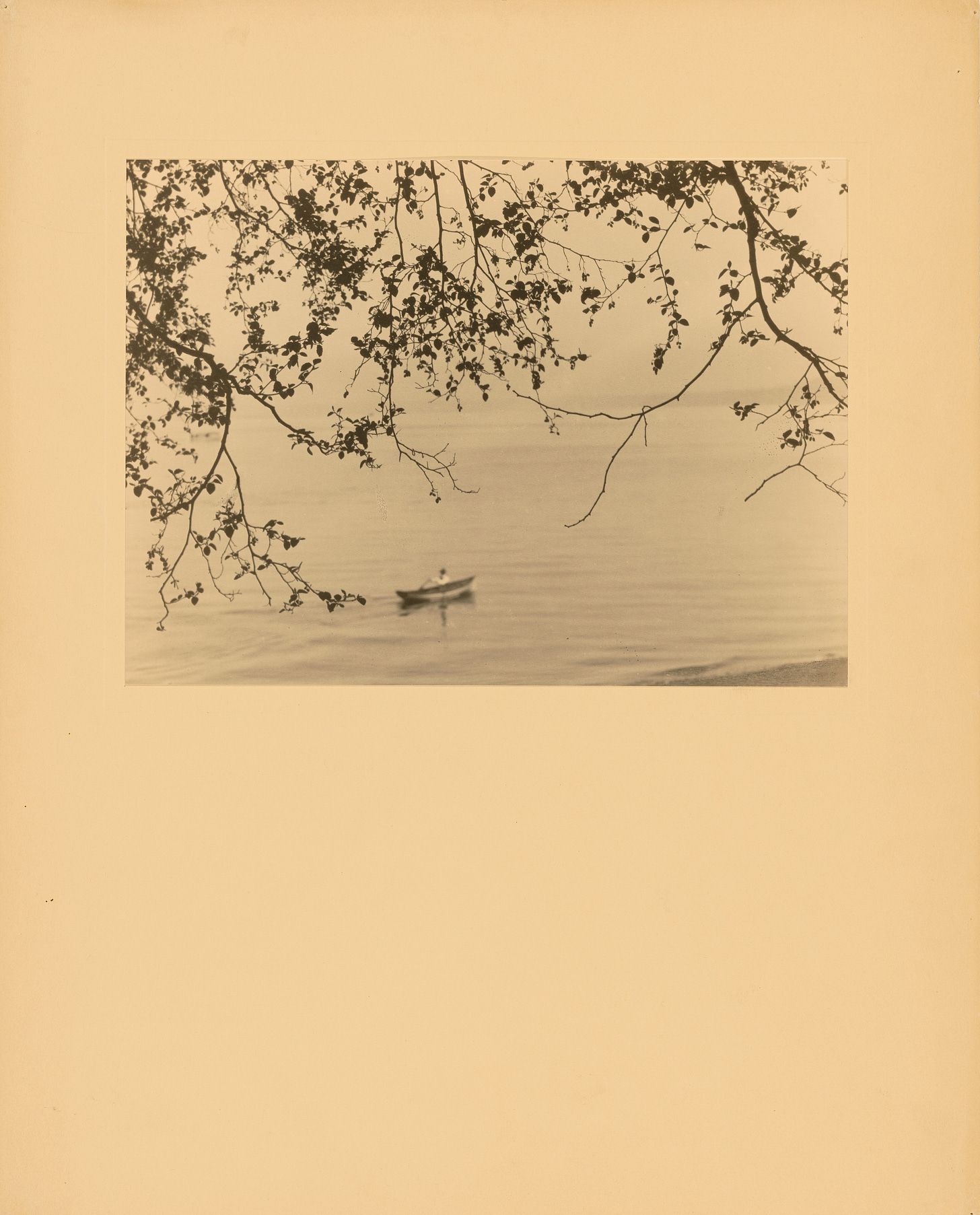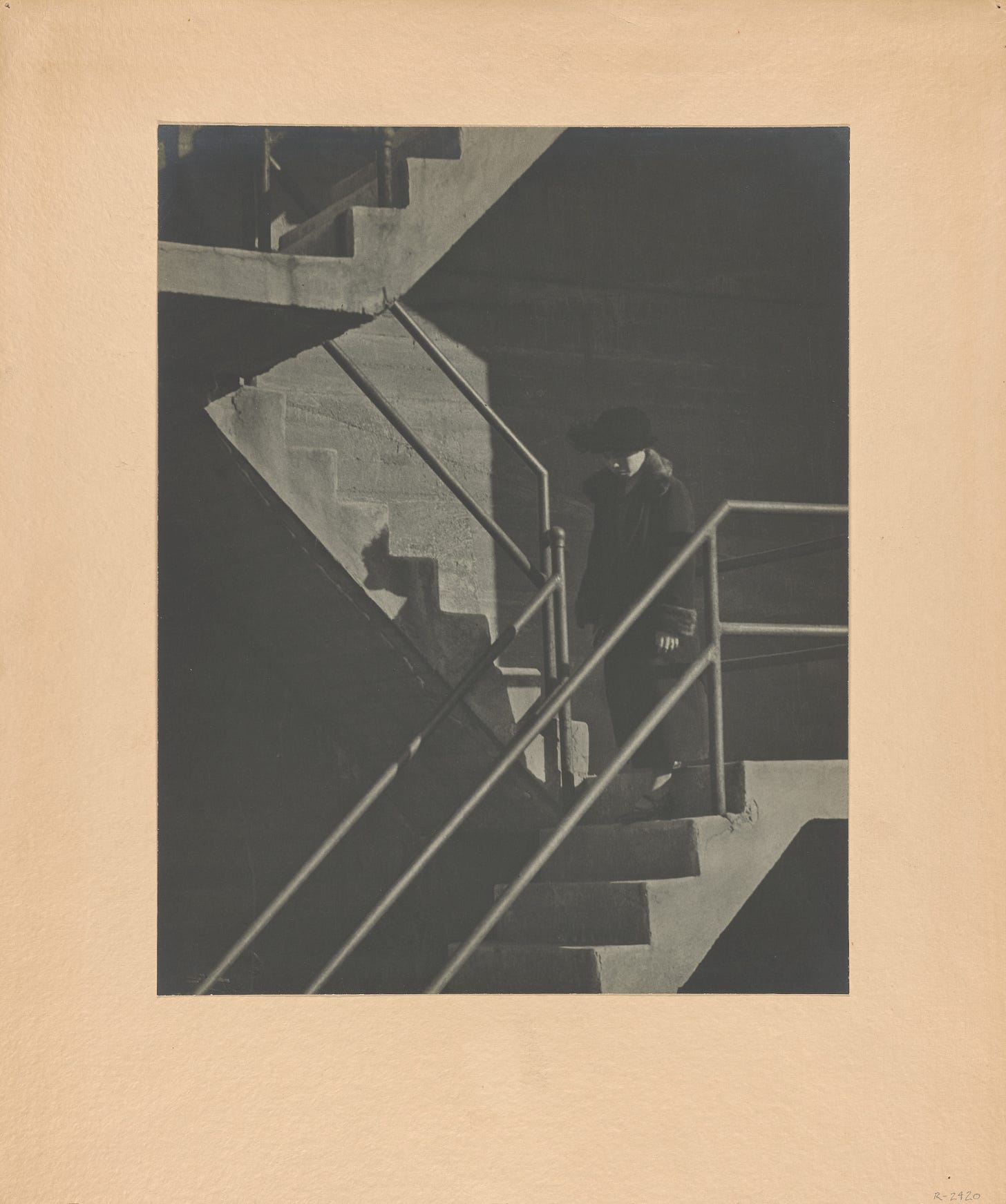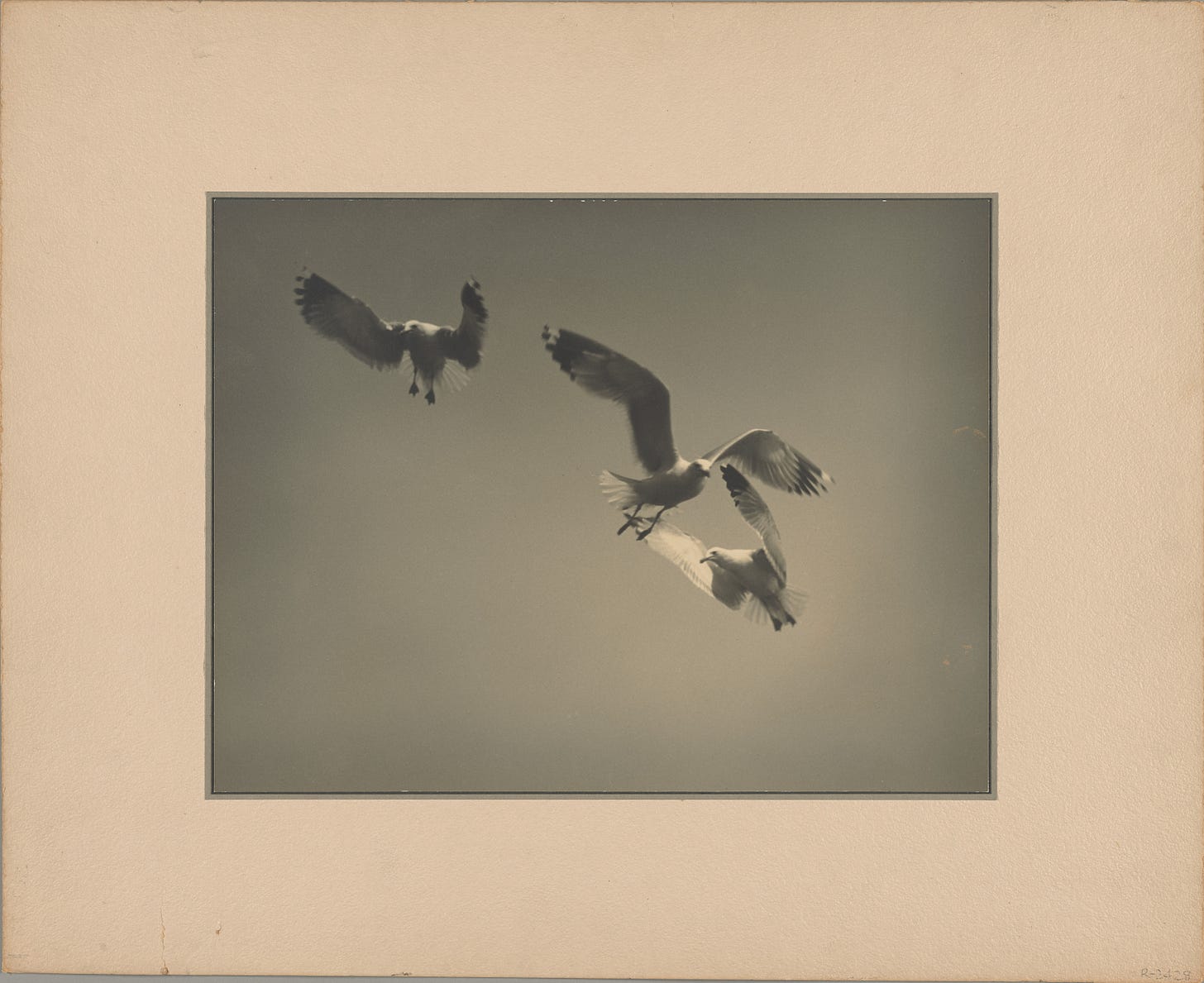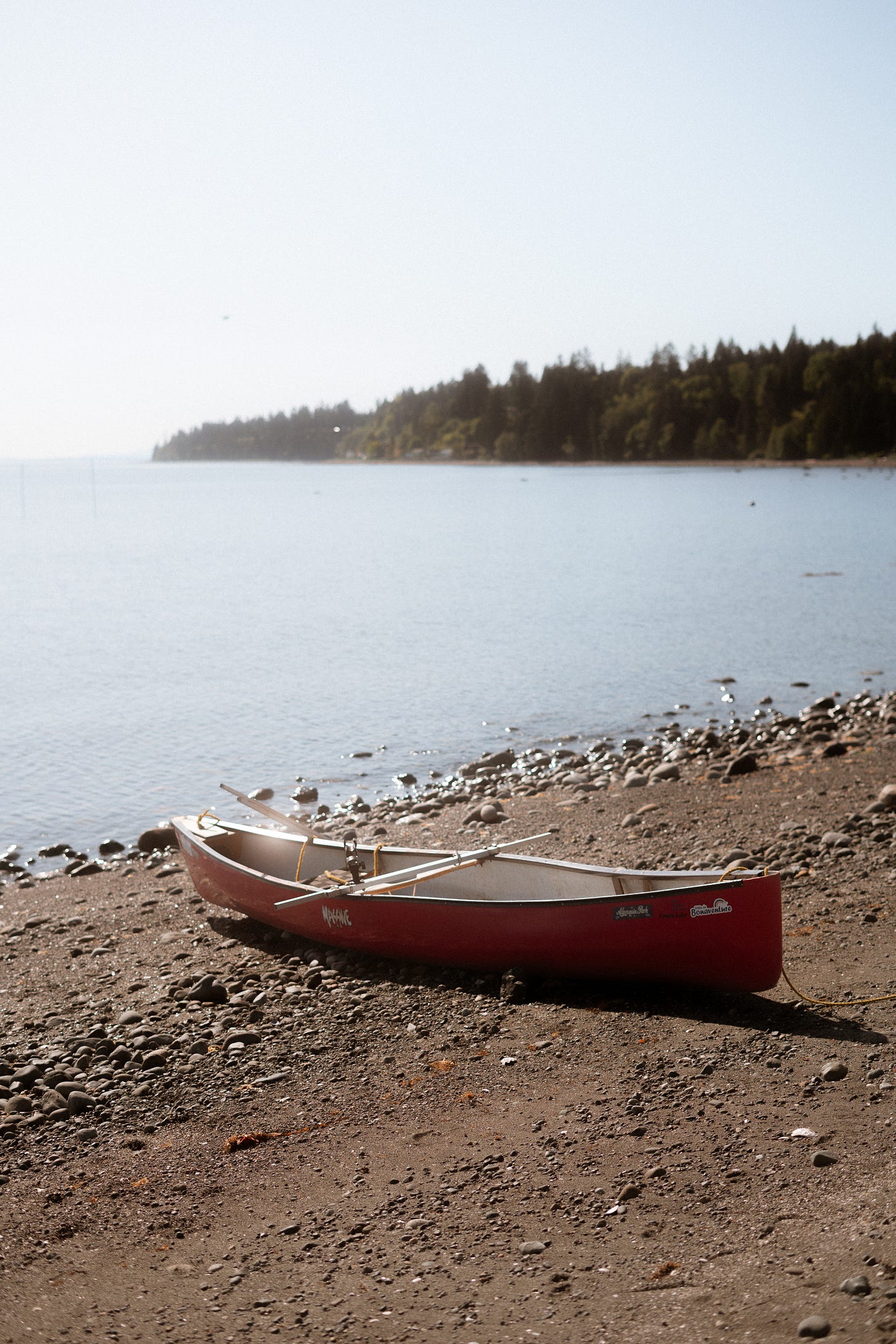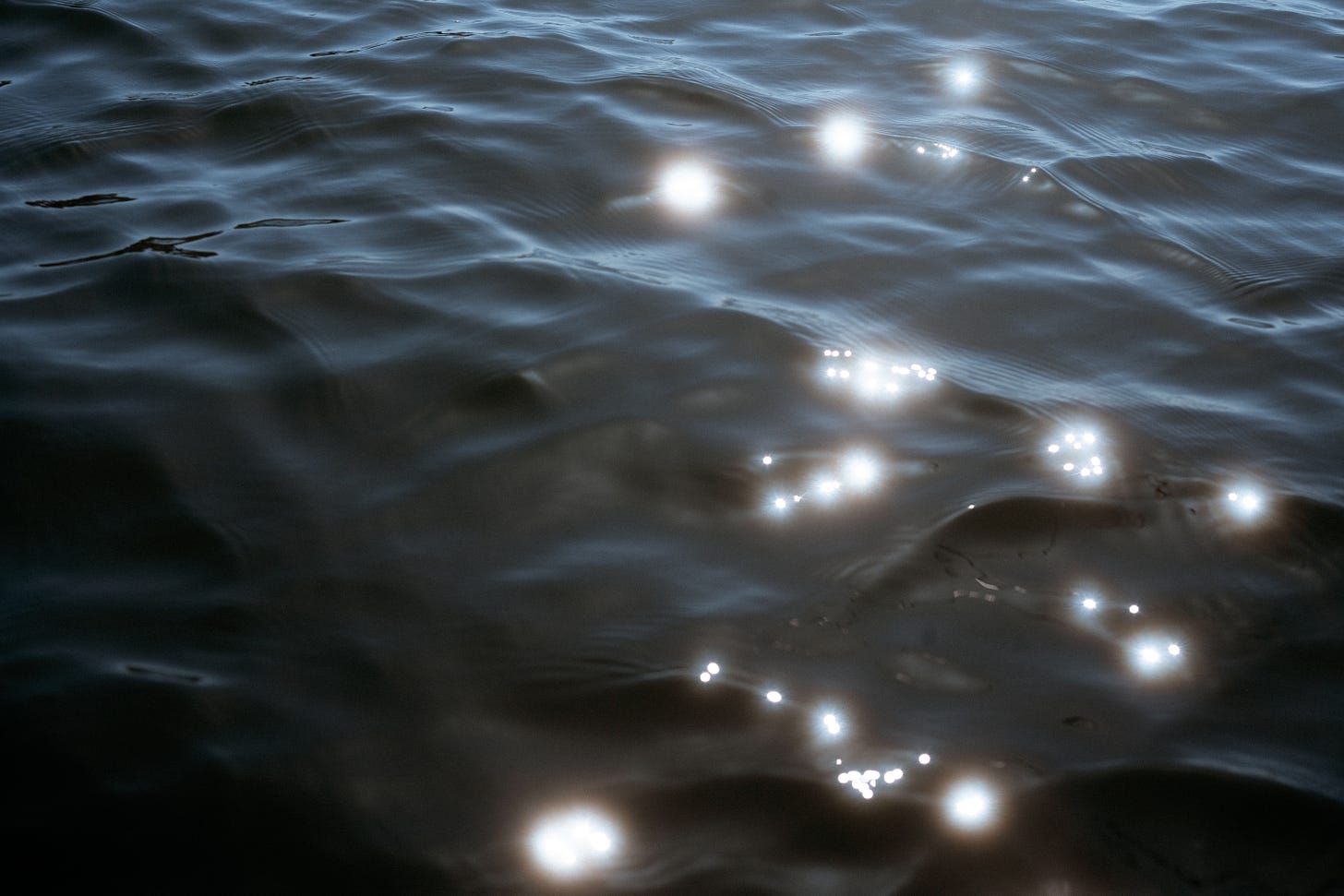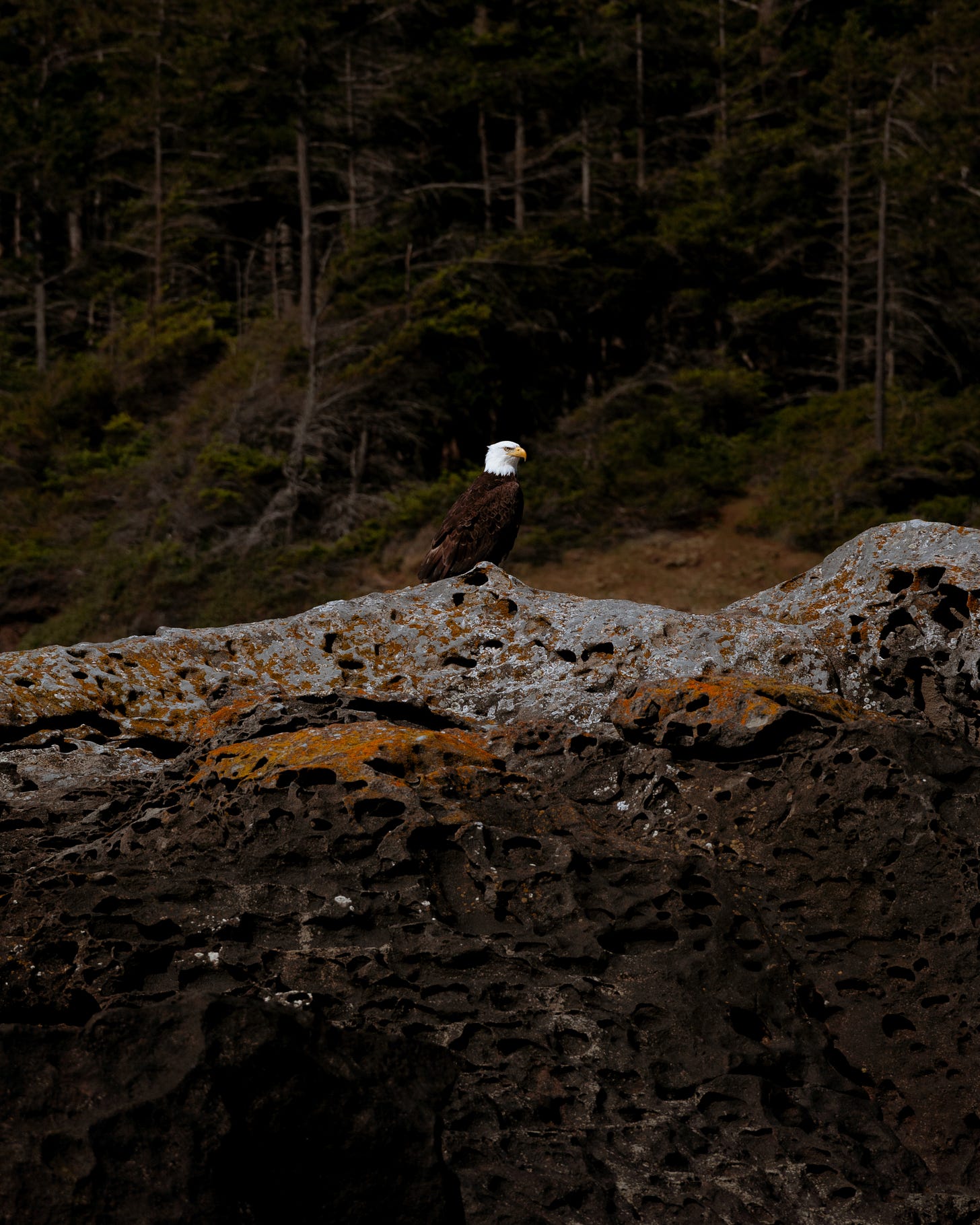Am I Being Realistic or Just Sabotaging Myself?
The bigger picture, Pictorialists, and maybe you should quit your career
I was chatting with my friend and run coach Andrea, who's working on launching her new website and rebrand. She walked me through a framework she uses with her clients. Now, Andrea may be a run coach, but she’s also a certified coach with the International Coaching Federation, and she's got loads of training and coaching under her belt.
I tend to listen when she shares her insights.
I used my run goals as a test to see if I understood her framework. As it could also shift some brand work I’m doing for her.
And it got me thinking: How can I apply this to my photography and writing—my work as an artist?
I have goals. Some simple, some big. Some short-term, others long-term. Publishing weekly helps me get things down on paper and release them instead of overthinking. Setting aside one client-free day a week for writing, photography, and personal projects. Launching a podcast and YouTube channel. I’m about to do a limited series for the podcast, while YouTube is a longer-term goal.
I have goals but hadn’t thought much about the values attached or the bigger picture.
I personally have gone through enough ‘goal setting sessions’ in my life and career that they often felt forced, and stressed me out. Now I just write a list of things I’d like to do, and cross them off.
As we chatted, Andrea brought up my inner saboteur during our running chat. I pushed back a bit because, when it comes to running, I want to be spontaneous with my partner on outdoor adventures. I want to say 'hell yeah' more often. But sometimes I’m not physically 'there yet,' or things happen, and I like to be safe. Recently, we planned to paddle 2km to a nearby island for a 30-minute walk. It turned into 6km paddling each way with an almost 9km hike in between. So yeah, I err on the side of caution when adventuring.
But what about my art?
Where am I being 'realistic' when really, I’m self-sabotaging?
I started thinking about my constant stress around time and the balance between paid and unpaid work.
The goal is to live off my creative mind—selling photography, commissions, writing, etc. But I always prioritize client work. Understandable, right? But what about those times I take on an extra client because it seems like a good idea, knowing it means less time for my personal long-term goals?
And why do I want to live off my art? I feel the reason. But have I sat down and articulated it? Nope.
I know that the one day a week I leave for this type of work is when I’m most energized and engaged. These are the days I feel most at peace and least constrained by time.
So what’s the value here? What’s the bigger picture? And where am I sabotaging myself?
This is the work I’m starting now, clearly, as I’m writing to you about it.
And by no means am I the expert in this.
For the first time in years, I’m looking at my list of goals I slapped on my wall, and thinking about the bigger picture.
It is helping me see the small ways I’m hampering my ability to live a life I currently get to experience only eight hours a week.
Photographers (s) you should know
A photo caught my eye this week.
It led me to investigate the artist and subsequently reminded me of a photography movement. It was a delightful moment of rediscovery as I allowed myself to fall down the rabbit hole for a little bit.
Let’s start with the photo caught my attention. Perpetual Motion by Asahachi Kōno.
Asahachi Kōno (河野 浅八, 1876–1943) was a Japanese photographer recognized for his contributions to the Pictorialist movement. He often incorporated elements of nature and scenery, capturing his subjects in a style characteristic of Pictorialism.
Kōno was a member of the Japanese Camera Pictorialists of California , who “Despite a climate of prejudice that kept Japanese American photographers out of many local museum and gallery exhibitions, their artistic reputation became known around the world.”
Naturally, we need to discuss what the Pictorialist movement is. This movement emphasizes aesthetics and the concept that photography could be an art form equivalent to painting and drawing. It emerged in response to the rise of snapshot photography and the perceived mechanical nature of the photographic process. Pictorialists aimed to differentiate their work from mere snapshots by imbuing it with artistic intent and craftsmanship.
The movement emphasized the significance of beauty, atmosphere, and emotion in photographs, rather than just documentation. Photographers frequently manipulated their images to create a more artistic effect. They used techniques such as soft focus, special filters, and alternative printing processes like gum bichromate, platinum prints, and bromoil. These methods allowed for enhanced control over texture, tone, and composition, thereby improving the artistic quality of their images.
The subject matter often encompassed romanticized landscapes, portraits, and everyday life scenes. The movement also adopted symbolic and allegorical themes, drawing inspiration from contemporary painters' works.
By the 1920s, the popularity of the Pictorialist movement started to wane as modernist aesthetics came to the fore. Photographers such as Paul Strand and Edward Weston advocated for a straightforward, unaltered approach to photography, prioritizing clarity and form.
Despite its decline, the movement played an important role in establishing photography as a legitimate art form.
If you like this topic and would like to know more, you may like this article: Before the War, The Japanese Camera Pictorialists of California.
What I was watching:
Elizabeth Gilbert on What is Creative Living
What is creative living? What is the difference between a job, a career, a hobby, and a vocation? And why you may want to quit your career. A short 3 minute video to get you thinking about what stage you are at, or which direction you may want to go.
Personal Work
I finally found time to start editing images from a canoe trip to a small island near us. I was mesmerized by the water and nature, and I hope you are too.
Hey you made it to the end! I have a little secret for you.
This trip… I thought we would canoe for 2km one way, walk for 30 minutes to the Saturday morning market on the smaller island, then canoe back.
It ended up being 6km there, then a 10km walk (thank god the little local bus picked us up at the 8km mark), to the town. We completely missed the market. And when a local heard we were walking 10km with our bags from the shore to town, they insisted we take some freshly baked muffins for the trek. It was so kind.
We were able to catch the bus back. Which only left the canoe paddle.
It was an amazing day, but we had to laugh at how poor our 'mapping' was.


